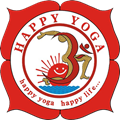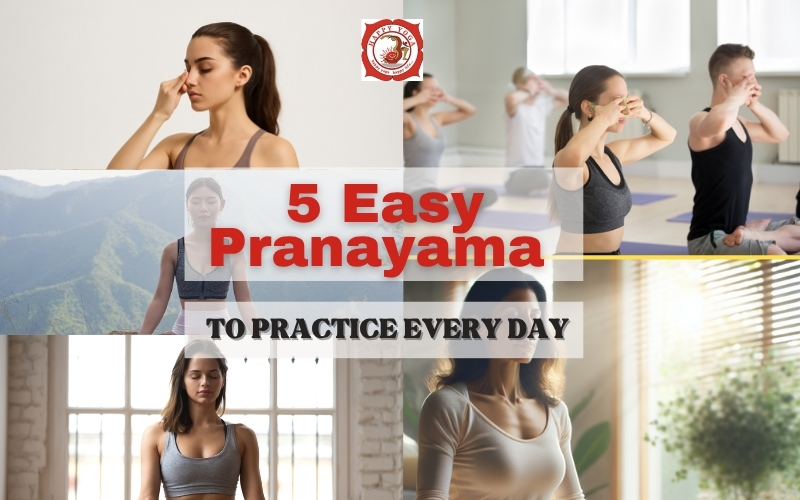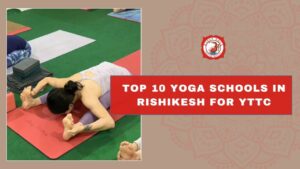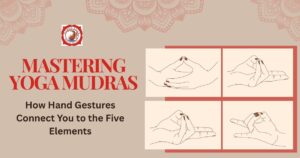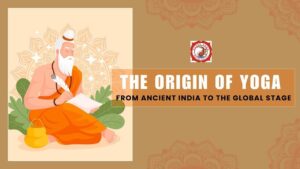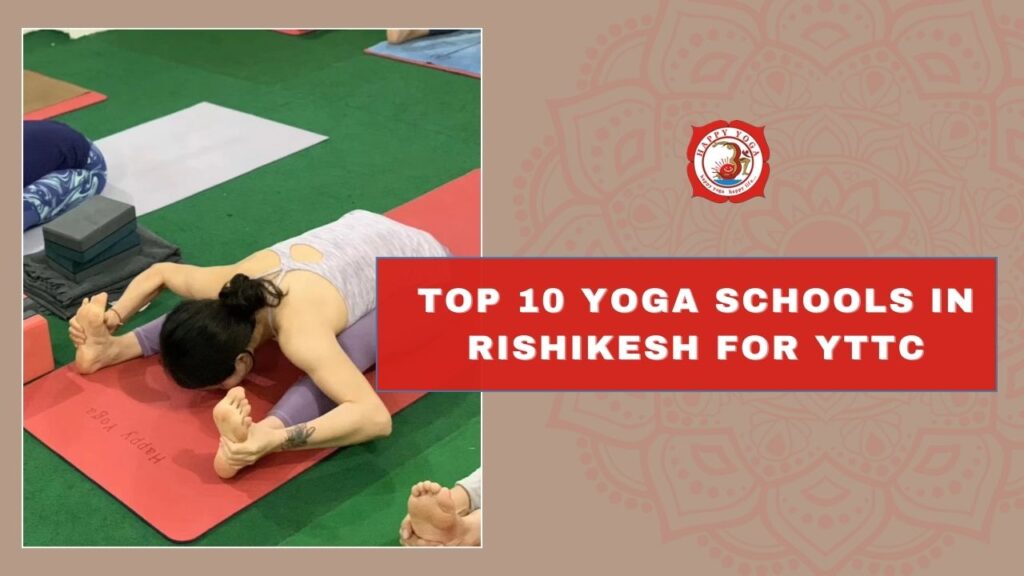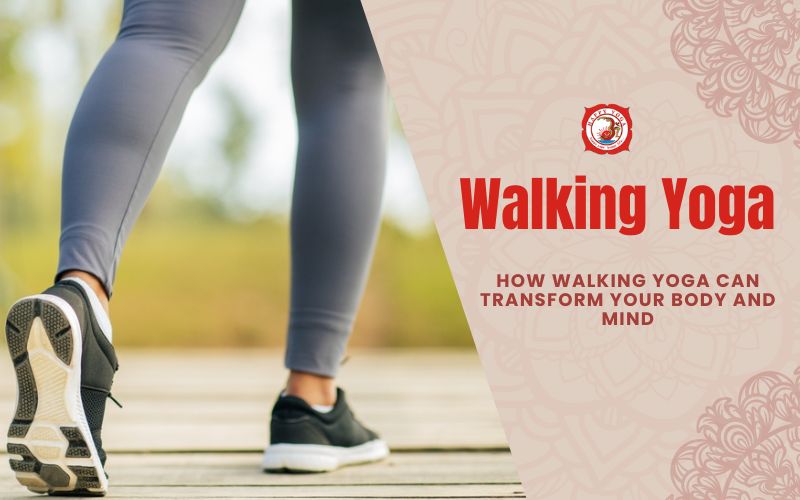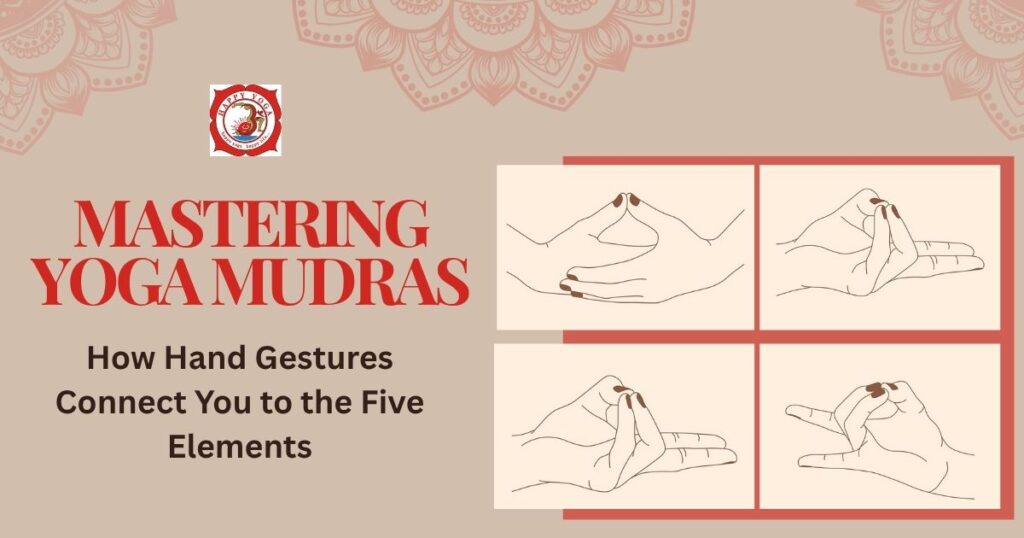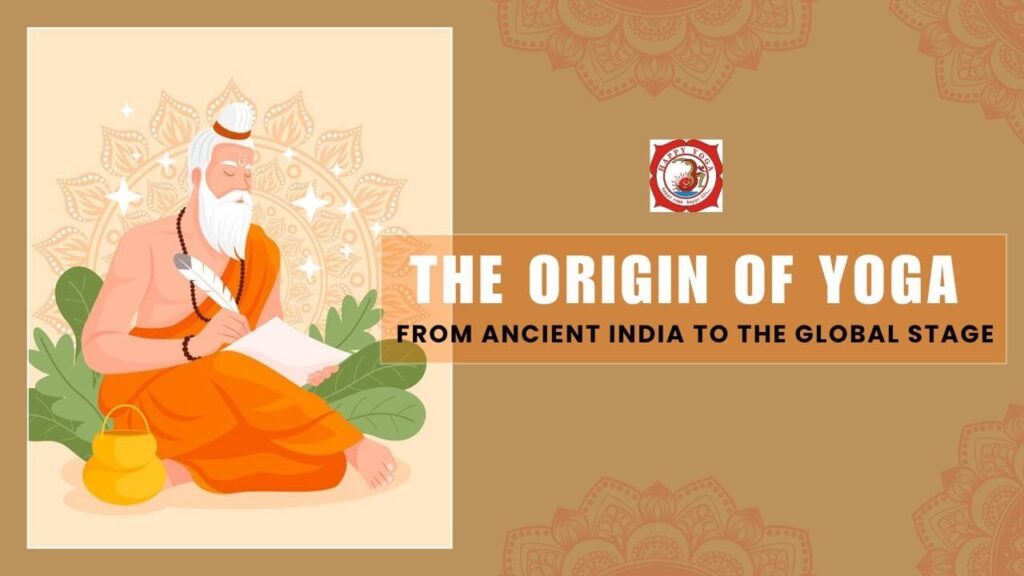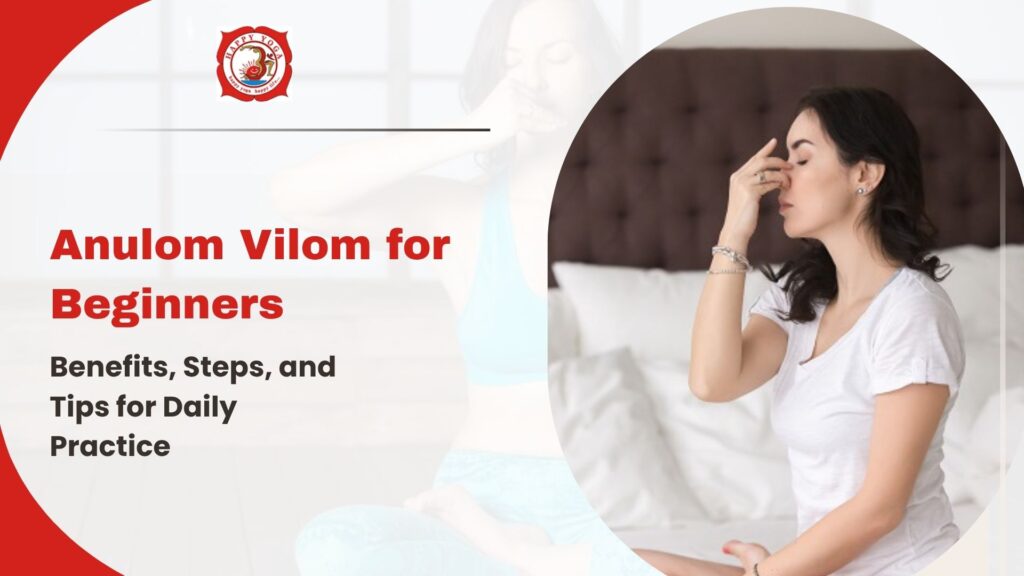In a world that rarely slows down, our minds and bodies are constantly overstimulated. We often overlook the most essential function of our body: breathing. The way we breathe every day affects the way we think, act, and feel. Whether you are a working professional, a student, or someone seeking a moment of peace, it is easy to feel drained from work or daily life. It is essential to take a rest from the outside world and focus on yourself, your inner self, so that you can reconnect with your soul again.
What is Pranayama?
Pranayama, the ancient yogic practice of breath control, offers you to connect with your mind and body. In the yogic tradition, the breath is more than just oxygen – it carries all the life forces that energise you from within. ‘Prana’ means ’breath of life ’, which allows you to be alive in the moment. For centuries, pranayama has been practised, guiding the seekers to a balance between spiritual and clarity. Today, this ancient pranayama is practised by everyone across the world. To start, you don’t need to be a monk; this blog will help you learn about five easy pranayamas that anyone can include in their life, whether they are a child or an adult.
5 Easy Pranayamas to Practice Every Day
- Anulom Vilom
- Kapalbhati
- Bhramari Pranayama
- Ujjayi Pranayama
- Bhastrika Pranyama
1. Anulom Vilom
‘Anulom Vilom’ is also known as alternate nostril breathing. It is one of the most popular and widely practised forms of pranayama, due to its simplicity and wide range of benefits. Anulom means, ‘’ natural direction and vilom means ‘’opposite direction’’’. It is one of the forms of nadi shodhana, which clears and purifies all the nadis (energy channels) in the body.
How to Do Anlom Vilom:
- The first step is to sit comfortably with your back straight and neck upright
- Sit cross-legged in the Padmasana position
- Close the right nostril with your thumb and inhale deeply from the left nostril
- Now, close your left nostril and exhale through the right nostril
- Then, repeat the same process for another nostril
This is round one. Practice this for at least five to ten minutes, and gradually increase your time, focusing on your breath.
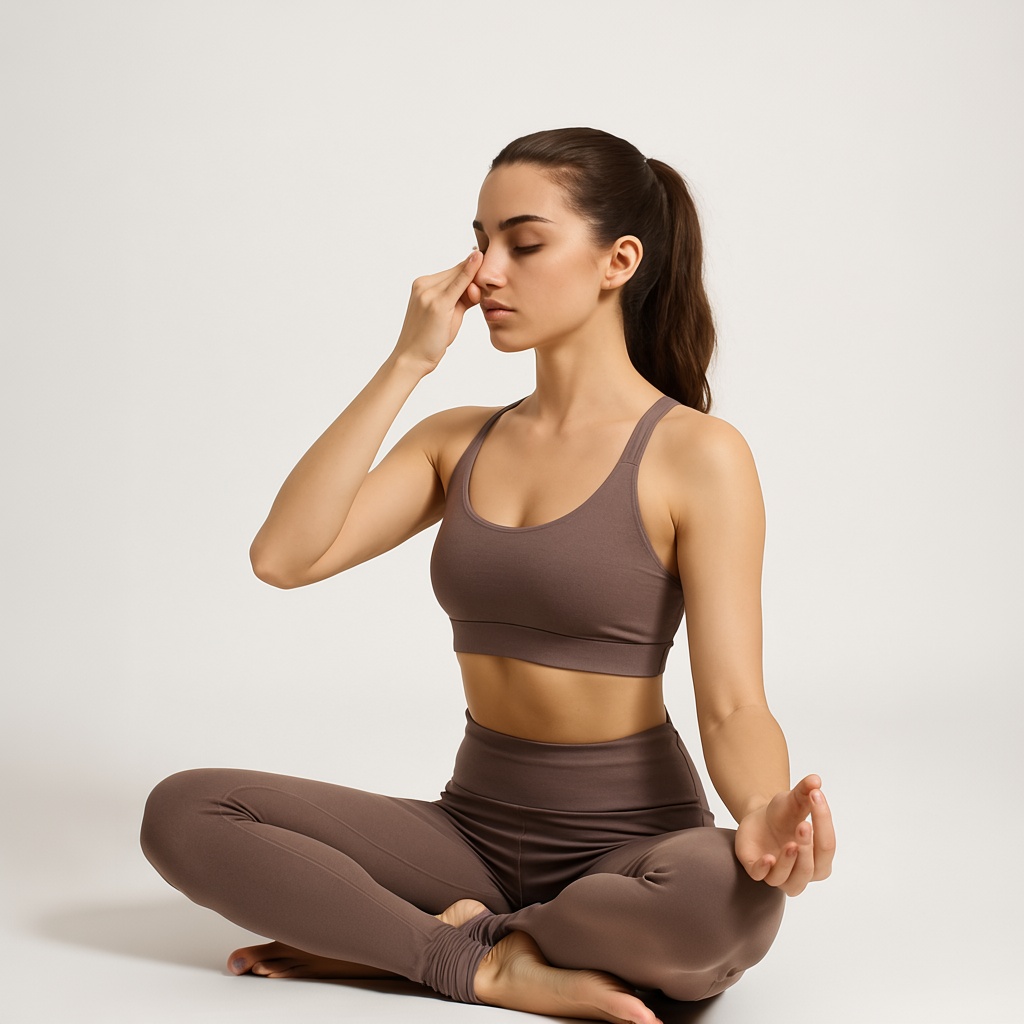
Benefits of Anulom Vilom
Well, you know the process of anulom, now let’s see some of the benefits of anulom vilom.
- Regular practice of Anulom Vilom balances the nervous system of the body
- Anulom Vilom helps in enhancing lung capacity
- Alternate nostril breathing improves concentration and clarity
- Anulom Vilom cleanses the nadi channels [Energy channels], which include ida and pingala,
- Regular practice of Anulom Vilom increases self-awareness.
Precautions
Anulom Vilom is a safe yoga pranayama, but there are some precautions that you should follow, as the correct technique ensures that you are not overdoing it and avoid straining your body.
- Avoid practising on a full stomach.
- Do it gently, without overdoing it, especially as a beginner; practising it for at least five minutes is enough.
- Start slowly and increase your time with regular practice.
Read More – Anulom Vilom for Beginners: Benefits, Steps, and Tips for Daily Practice
2. Kapalabhati Pranayama
Kapalabhati is known for its skull polishing technique, which has a powerful cleansing and energising effect. It primarily focuses on detoxifying the mind by strengthening it. It is also known as Skull Shining Breath or Breath of Fire. ‘’Kapalbhati” from a Sanskrit word, where kapal means ‘’skull of the human’’and ‘’bhati’’ means shining. It involves forceful exhalation with passive inhalation, which helps purify the air accumulated in the lungs.
How to Practice Kapalbhati: Step-by-Step Guide
- Sit in a comfortable position in a vajrasana, or padmasana, keeping the back and neck straight
- Then, slowly, take a deep breath and exhale short and forceful exhalations through the nose
- As you exhale, try to contract or squeeze your abdomen, your lower belly
- Let your belly rest when you are inhaling the air through both nostrils
This completes one round. Do at least ten to fifteen strokes, and gradually increase your reputation and time.
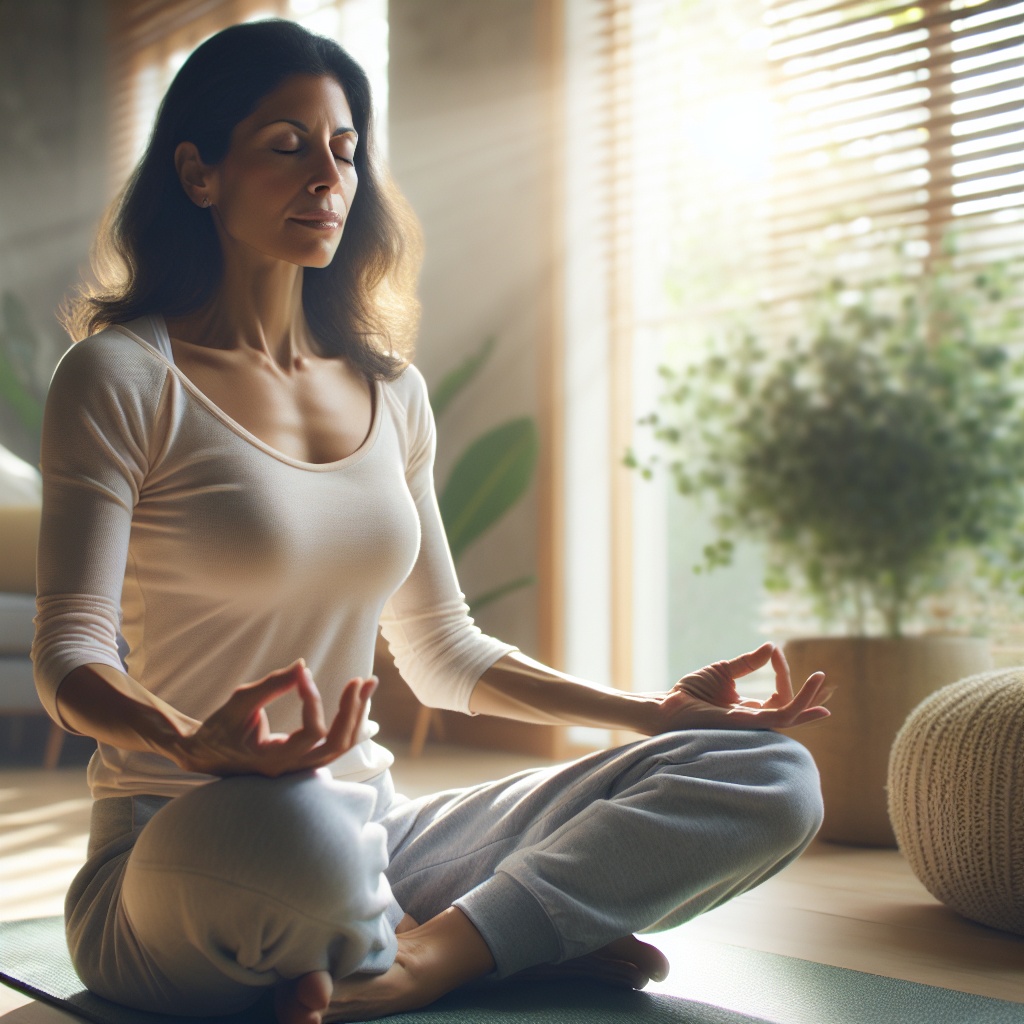
Benefits of Kapalabhati
Kapalbhati is more than just a breathing technique, as it has the power to rejuvenate all brain cells and the body, providing instant energy sensations. Below are some benefits of Kapalbhati.
- Kapalbhati improves oxygen intake, which detoxifies the lungs and respiratory system
- Kapalbhati helps in digestion by stimulating the secretion of the digestive process.
- Kapalbhati boosts energy levels and gives you stamina from within the body
- Kapalbhati helps in reducing anxiety and tension
- Kapalbhati helps in boosting spiritual awakening
Precautions
Although Kapalbhati is known for its powerful breathing technique, it must be practised mindfully and with awareness. It is known for its deep inhale and forceful exhalation; it must be practised rightly to avoid any discomfort and pain in the body. Below are some tips you should check when practising the Kapbhati pranayama.
- Avoid doing it on a full stomach
- Avoid if you have specific health issues like heart disease, abdominal ulcers, etc.
- 3- Avoid immediately if you feel any uneasy sensation in your body
3. Bhramari Pranayama
Bhramari Pranayama is a breathing technique that involves producing a humming sound vibration. Bharamri’s name is derived from the ‘Sanskrit word ’ ‘’bharamara’’, which means black bee. When practising, it creates a humming sound that resembles the soft buzzing of a bee, and the effect is smooth, providing relaxation to both mind and body.
How to Practice Bhramari Pranayama: Step-by-Step Guide
- Sit in a comfortable position in sukasana or padmasana with your back spine and neck straight
- Now, close both your ears with your left and right thumbs
- Place your index finger above the eyebrows, middle fingers lightly on the eyelids, ring fingers on the sides of the nose, and little fingers near the chin area.
- Alternatively, a simple method is to close your ears with the help of your thumb and the rest of your fingers on the face area.
- Inhale slowly through the nose, filling your lungs gently.
- Exhale slowly, producing a humming sound, just like a bee ‘’’hmmmm’’’ with lips closed.
Practice this for five to ten rounds; these will create a vibration sound in the face, skull, and chest area of your body.
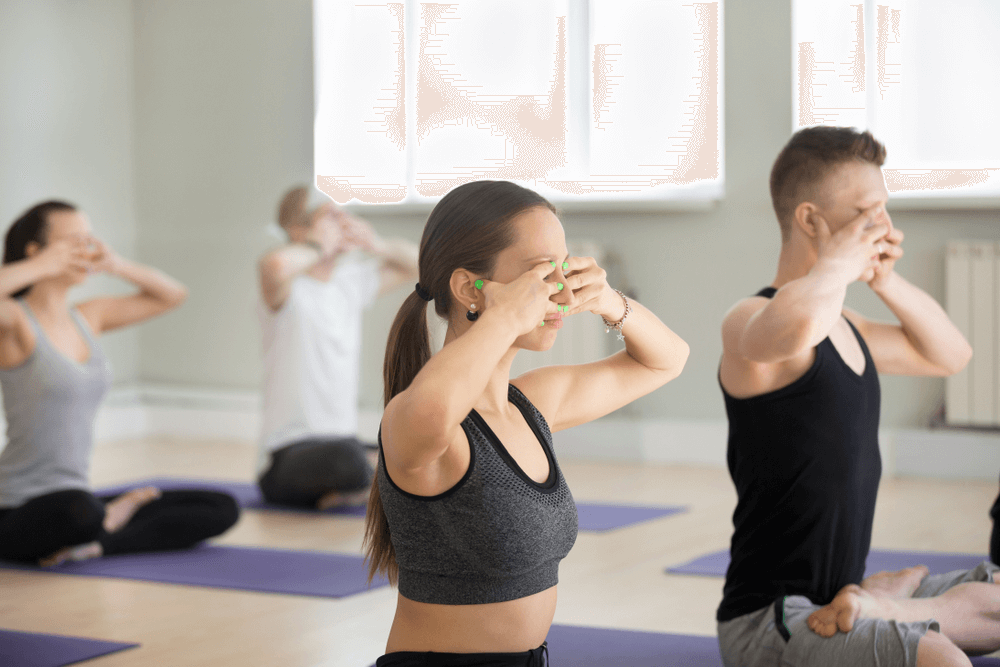
Benefits of Bhramari Pranayama
Knowing how to perform bharamari pranayama is not enough; you should also be aware of its physical benefits. Below are some of the pointers;
- Bhramari Pranayama sharpens memory and helps in better concentration of your surroundings.
- This Pranayama soothes the brain area by relieving migraine problems or headaches.
- It improves voice quality because of the humming sound coming from the vocal cords.
- This helps in boosting the meditation level and inner awareness.
- This Pranayama improves sleep quality
Precautions
To experience its full benefits, it’s essential to take the following precautions into consideration.
- Avoid forcing the humming sound
- Avoid if you are having a serious issue in the throat area or the ear
- Don’t hold your breath too long
4. Ujjayi Pranayama
Ujjayi pranayama, also known as ‘’ocean breath’’ is a powerful yoga technique known for its relaxing and soothing effects on the body and mind. It is often used in yoga asana practice to build focus and breath awareness, but it also stands alone for its calming feel, just like the sound of the ocean gives a soothing sound to our ears. Unlike other pranayamas, Ujjayi pranayama can be practised for a longer time without straining the body.
How to Practice Ujjayi Pranayama: Step-by-Step Guide
- Sit comfortably in a padasana with back straight and neck upright
- Now, inhale deeply and slowly through your nose, slightly contracting the back of your throat, gently producing an ocean-like sound with the help of your throat
- Then breathe out slowly through your nose with the same contraction in the throat
- Both inhalation and exhalation should be done with the same pattern by contracting the throat, focusing on the texture of your sound
- Exhalation should be done without holding your breath
Practice this for at least five to ten minutes. Beginners can start with just five minutes and gradually increase the time.
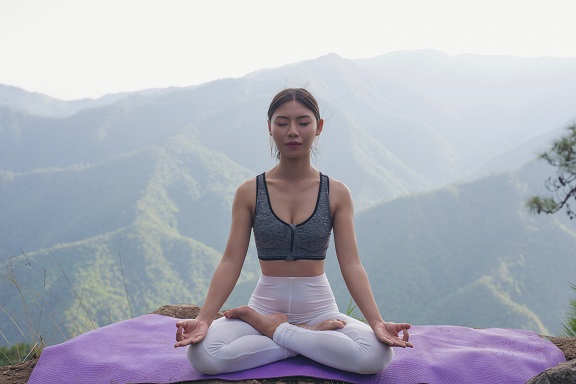
Benefits of Ujjayi Pranayama
The smooth and rhythmic flow of Ujjayi pranayama has various benefits, some of which are explained below.
- Ujjayi Pranayama builds internal heat and helps detoxify the body
- This Pranayama energises the body without overstimulating it.
- It helps with better sleep
- It reduces stress and tension.
- Ujjayi Pranayama helps balance the mind
Precautions
Although Ujjayi pranayama is generally safe, it is still essential to approach it with care. Below are some points that you have to keep in mind while doing Ujjayi Pranayama.
- Starting slow, as a beginner, is always a safe option
- Pregnant women should practice carefully
- Always practice on an empty stomach
5. Bhastrika Pranayama
Bhastrika Pranayama, also known as the ‘Below Breath,’ is one of the most powerful yet energetic yoga techniques, which involves rapid inhalation and exhalation, stimulating both the lungs and nervous system. Bhastrika comes from the word bellows, which symbolises the pumping action of the breath.
How to Practice Bhastrika Pranayama: Step-by-Step Guide
- Sit comfortably in a sukhasana, vajrasana, with the back spine straight and neck upright
- Now inhale slowly through both nostrils and exhale short and forcefully through the nose, focusing on the breath, by squeezing the lower abdomen
- Maintain a rhythmic sound by continuing the rapid inhalation and exhalation around one breath per sound. For ten rounds, and slowly increase the rounds, depending on your comfort level.
- After completing one round, stop and breathe normally, and start the process again.
This is the first round of practising the Ujjayi pranayama; you can slowly increase the time.
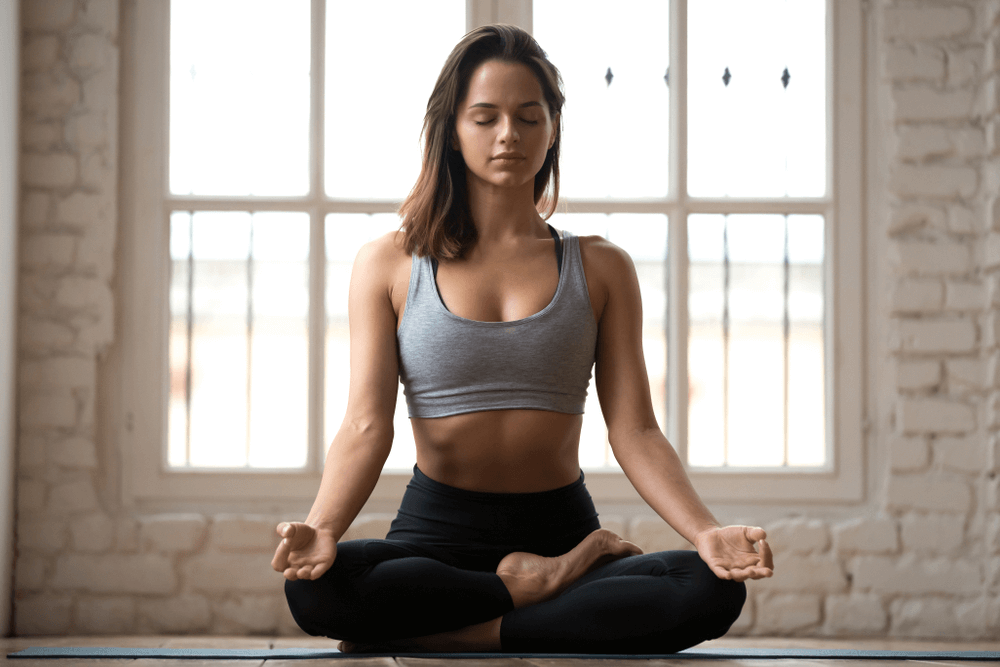
Benefits of Bhastrika Pranayama
After knowing the detailed process of bhastrika pranayama, let’s know what happens to the body when practising the bhastrika pranayama. Below are some of the benefits –
- This helps in improving the oxygen supply to the body.
- This Pranayama supports the body system.
- It prepares the body for doing meditation as it helps in calming the mind and focusing better.
- It strengthens the respiratory system muscles, activating the abdominal wall and diaphragm, and intercostal muscles.
Precautions
Bhastrika pranayama is safe, but it must be practised with proper care and awareness. Below are some points.
- Maintain a proper posture
- Start slowly if you are a beginner
- Not recommended for certain health conditions like heart problems, eye issues.
When Is the Best Time to Practice Pranayama Daily?
Although you can do the pranayamas anytime during the day, choosing the right time works best because it ensures deeper focus and gives better results. It is always recommended to practice
- Early morning is considered the ideal time, preferably at sunrise.
- Always practice on an empty stomach or at least 2–3 hours after eating.
- If mornings don’t work, evening practice is also fine — just keep a gap after meals.
- Choose a quiet, well-ventilated place for your practice.
Additional Tips:
- Try to practice at the same time daily to build a routine.
- Avoid practicing right after intense physical exercise or when you’re feeling very tired.
- Wear loose, comfortable clothing to allow natural breathing.
- Stay consistent — it’s better to practice regularly than aim for the perfect time.
Also Read – Tadasana (Mountain Pose): Foundation of All Standing Yoga Asanas
Conclusion
Pranayama is a simple yet powerful practice that offers countless benefits for both the mind and body. Just a few minutes of concentrated breathing each day can help you focus, decrease stress, increase energy, and help you feel good physically, emotionally, and mentally. Best of all, you don’t need any special equipment; all you need is a quiet corner, your breath, and a little time and effort.
These types of practices are simple to learn and can be practiced by anyone from students to young professionals. However, if you would like to know the practice more deeply and under the guidance of trained experts, then Happy Yoga International– Best Yoga School in Rishikesh offers real and complete training sessions. Whether you are a beginner or want to deepen your practice, the well-trained and experienced instructors will help guide you throughout the whole experience.

200 Hours YTTC || 100 Hours YTTC || 300 Hours YTTC || 500 Hours YTTC || Yoga Retreat in Rishikesh
